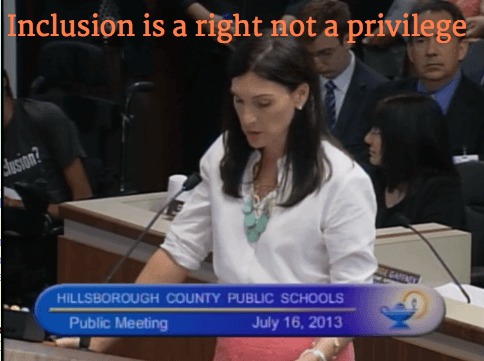
“I’m here to speak to you about the benefits of inclusion. Inclusion is a right, not a privilege for a select few.”
Hi my name is Lauri Hunt and I’m the parent of 3 school age children, two of whom are enrolled in their neighborhood schools in Hillsborough County.
I have had the good fortune to learn from some of our country’s leading disability rights advocates; from Ari Ne’eman founder of ASAN and Presidential appointee to the National Council on Disability; Cheryl Jorgensen, a leading National consultant on Inclusive education; Ven Sequenzia; and Mary Schuh of the University of New Hampshire/ Institute on Disability and the National Center on Inclusive Education, which is participating in the SWIFT grant a 24.5 million dollar grant from the US Department of Education Office of Special Education Programs, and USF is also part of that .
I met most of these people through and because of my 13 year old son Henry Frost.Henry is a student with disabilities who is included in his neighborhood school.
I have spoken with and met many of you in person and appreciate the opportunity to speak with all of you now.
I’m here to speak to you about the benefits of inclusion. Inclusion is a right, not a privilege for a select few.
I am concerned that our district seems to be following the lead of outgoing board member Olson. Her fear that the inclusion of students with disabilities takes away from the general education students and teachers,while the rest of the country moves toward full inclusion of all students. While the US Department of Education and Office of Special Education fully endorses the rights of all students to be included in their neighborhood schools, HCSD is removing children from their community and busing them away from their friends and neighbors.
To quote Secretary Duncan ” Almost 30 years of research and experience have shown us that all children, including those with significant disabilities, benefit from high expectations and practices that support inclusion.”
The US Department of Education and the Office of Special Education Programs know that over 30 years of research of shows that inclusion benefits students with and without disabilities.They know, not only is it the socially just thing to do, but research shows it improves academic outcomes for all students.
It’s inclusion as educational reform.
In January, after reading Board member Olson’s remarks, I reached out to some national leaders on inclusive education. I was very concerned about how a school board member’s ableist remarks would impact not only my own son, you can imagine his reaction to these comments just one week after being included in his neighborhood school, but concerned about our entire district. As you know, HCSD is the 8th largest district in the country.
While I feared no response inferred complicity and tacit agreement, I felt confident that these were the antiquated remarks of one board member. I also though Karen Clay covered it pretty well in her speech here.
Now, with the increase in segregation, I must speak out.
I am hopeful that this quote from noted professor of Disability Studies and Special Education, Dr. Tom Mihail, of Purdue University in response to these remarks, will help answer some of the board member Olson’s, and now what appears to be the district’s concerns about one of the biggest myths about inclusion.
Quote:
“Ironically, this week, I showed a video in class that I made in 2003. Yes, 10 years ago this April. That video was designed to be a direct response to the myth that including students with special needs jeopardizes the education of the “other” students. It’s the most persistent myth – as evidenced by Olson’s remarks. It’s the myth that characterizes inclusion as disruptive and compromising the quality of education. It’s the view that inclusion is achieved at the expense of students who are not disabled. It goes something like this: “These kids deserve an education, but in their own classrooms so the other students won’t suffer.” I told the future teachers in my class this week that it’s stunning to me that in 2013 we still need to convince people of facts that were conclusively and clearly established decades ago. I referred to the San Francisco Unified School District and, yes, I mentioned Tampa Bay, among districts that are right now at a place that other districts were at 38 years ago. We can ridicule them for being there or (and this is where the “higher ground” comes in) we can be kinder than they. We can gently, but firmly, express the facts.
That video evidence included the Patrick O’Hearn School in Boston. Dateline NBC – back when Katie Couric was a regular reporter for them (1995) – showcased how inclusive education benefited students without disabilities. Among the remarkable evidence: “Since inclusion began, children without disabilities have shown dramatic improvement in national standardized test scores. Math scores are up 30%, reading 18%, and now families are clamoring to get their kids into the O’Hearn.”
I along with other parents and students in the district look forward to the progress that HCSD will make in supporting the inclusion of all our students in their neighborhood schools.
End of Transcript. Dr. Mihail had more to say but I only had five minutes to speak.
Here’s the rest:
The video includes other evidence, from 1987 (ironically a report involving successful inclusion in Coral Springs, Florida) to the 1990s. The bottom lines: the benefits for students who are not disabled include new friendships, a realistic view of the “real world,” learning that diversity can be positive, improved performance on standardized testing, understanding/appreciating individual differences, dealing with their own eventual disabilities, accepting disabilities in family and friends, more positive attitudes and interactions with others, leadership opportunities, peer tutoring, cooperative learning, services from special educators, co-teaching, learning from and being enriched by students with disabilities, differentiated instruction, enriching methods/activities/materials, direct services from special educators, lower teacher-student instructional ratios, lower class sizes, and life lessons about human and civil rights.
Next Monday, our class will consider the other seven myths and facts outlined at http://www.tommihail.net/

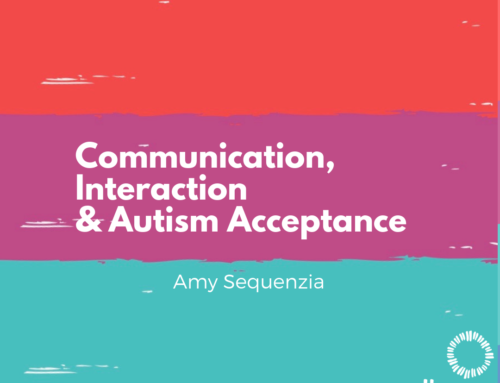
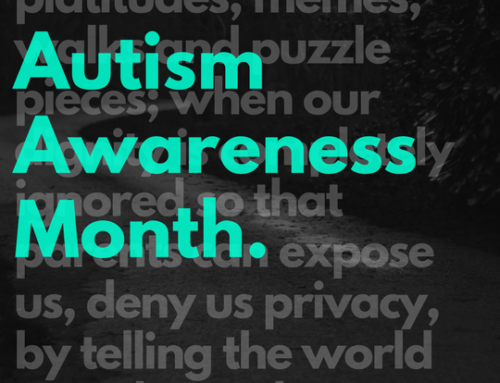

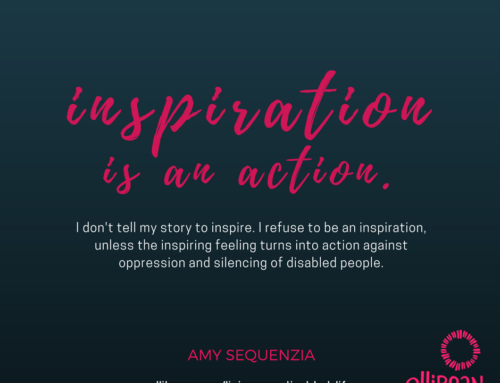

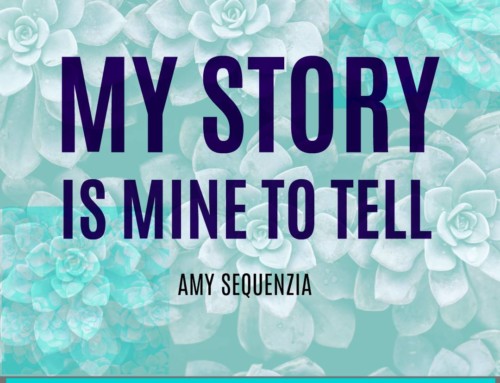
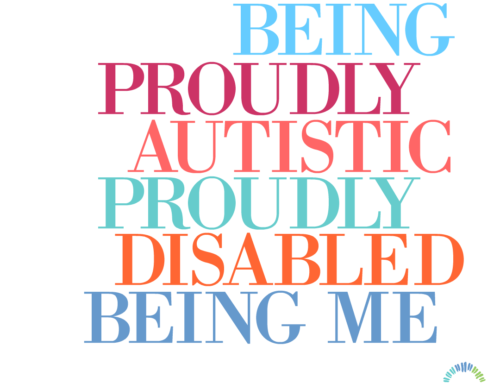
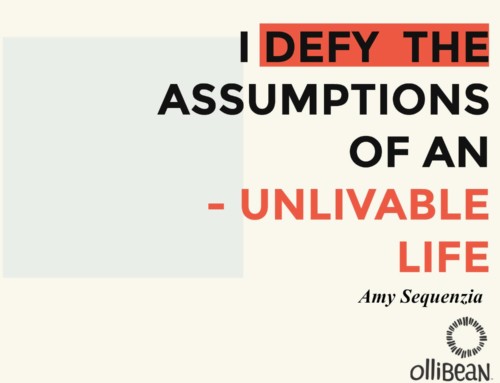
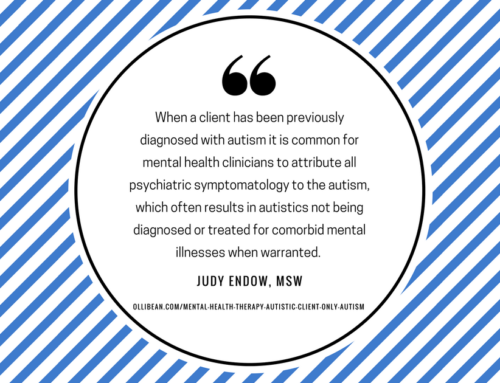


Spread the word.
every one has to learn, NOT one person in this land born, reared to school age, is perfect..we as a nation must accept this and deal w it…and not force issues which defer education away from any one at any time…we all have problems, coping with them is a must..and should not be segregated against…any where..
It is beyond depressing that in so many school districts across the country students with disabilities are still being segregated. My daughter has multiple, severe challenges, both medically and developmentally, but she heads into 4th grade next year having been fully included in gen ed since pre-school. All of the benefits cited by the parent in this article have proven true, over and over again, for her and her peers. I am grateful to be in a district that has this kind of vision, but am so sad that this is NOT the norm, that parents are having to fight so hard for this, and children, of all abilities, are missing out on the benefits.
Accept a kid with. Disabilites
I agree but if the teacher won’t Acc
Spreading the word…going to link on my blog http://www.chasingthe spring.net…we are placing my 7 yr old in gen ed kindergarten this coming year after having her in a seperate setting for two years…I believe it is the right thing however I feel our school is doing it to pacify me and not b/c they feel it is truely the right thing…
Our situation is reversed, I want out 11 year old son out of gen ed and put into special ed with the hopes that he will get the 1×1 he needs and a smaller class size, the school system unfortunately is not equipped in working with children with aspergers,adhd/odd.